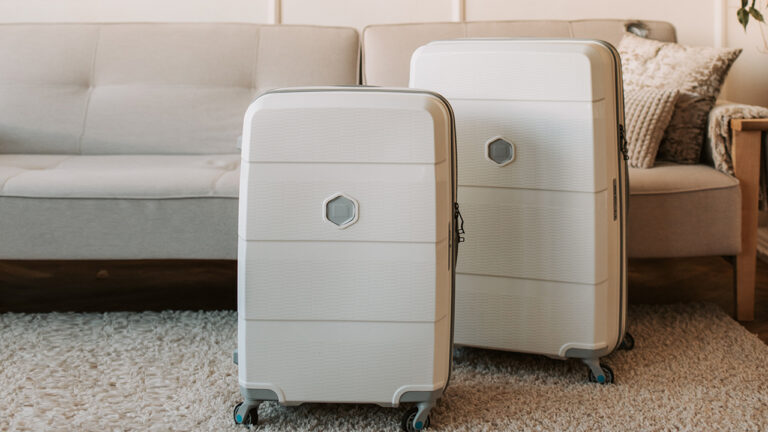If you are visually impaired or blind, finding housing that fits your specific needs can be challenging. Before you begin your search, developing a list of personal preferences can be helpful. A list makes it easier for you or the person assisting you to narrow down your search. In honor of National Fair Housing Month, here are some things to consider when considering future housing options.
Location
The first step for anyone looking at housing is figuring out where they want to live. Your home should be in an area in which you feel safe and meet your needs. Think about the places you go to regularly. Is it important that you can walk to those places? If this is the case, consider looking at housing around shopping centers, including grocery, casual shopping, and dining options. Or is being close to a bus line important to you? If this is the case, looking at where the bus stop is located and how early, late, and often the buses are scheduled would be helpful. Accessible smartphone maps give you an idea of what businesses are near a location and what bus lines are in the neighborhood.
Transportation
If you are a blind or visually impaired person who likes their independence, access to public transportation will be high on the “must haves” list. When looking at housing options, ensure the neighborhood is on a transit line. Research the guidelines for fixed-route and paratransit services to ensure your needs will be met. Knowledge of the routes, for example, fixed and express, and their schedules can be beneficial when choosing where to live. Knowing where the bus stop is near your location is also essential.
If you are a public transit user, this information is essential in determining if a location is right for you.
Outlook Enrichment offers travel training to teach people with disabilities, older adults, and interested travelers how to access and use public transportation independently. Some of the skills travel training focuses on include:
-
Understanding trip planning software
-
Reading route maps and schedules
-
Locating bus stops
-
Obtaining and using transit passes
-
Using mobility devices safely
-
Recognizing when the desired stop has been reached and how to ask the bus driver to stop
Contact Outlook Enrichment if you are interested in travel training.
Helpful hint: Paratransit systems tend to only run on fixed routes and have limited hours. ADA paratransit service must be provided within 3/4 of a mile of a bus route or rail station at the same hours and days for no more than twice the regular fixed-route fare. If paratransit is your primary mode of transportation, it never hurts to call and verify an address to ensure service.
Walkability
Walkability is the measure of how friendly an area is for walking. When applied to people with vision loss, walkability is looked at from a safety and convenience standpoint. Here are some questions to ask yourself when thinking about safety and walkability:
-
Are there well-maintained and navigable sidewalks throughout the area?
-
Are the sidewalks on both sides of the street?
-
Are there accessible pedestrian signals at street crossings?
-
Are the Street crossings to get to services easy to navigate or complex intersections with multiple crossings?
Ensure there is an adequate path of travel and sidewalks leading to and from your destination to ensure you arrive safely.
Something else to consider is the age of the neighborhood. How old is the neighborhood? Old neighborhoods most likely all have sidewalks, but the condition will vary. New housing divisions may have gaps where open lots are still for sale.
When considering convenience and walkability, ask yourself: Are amenities such as grocery stores and restaurants within a 5 to 10-minute walk? If your answer is no and you find value and convenience in independently walking to places, then there are better choices than that location.
Looking for housing is never fun, but creating a “must-have” list and asking questions can help you make the best choice to meet your housing needs.

